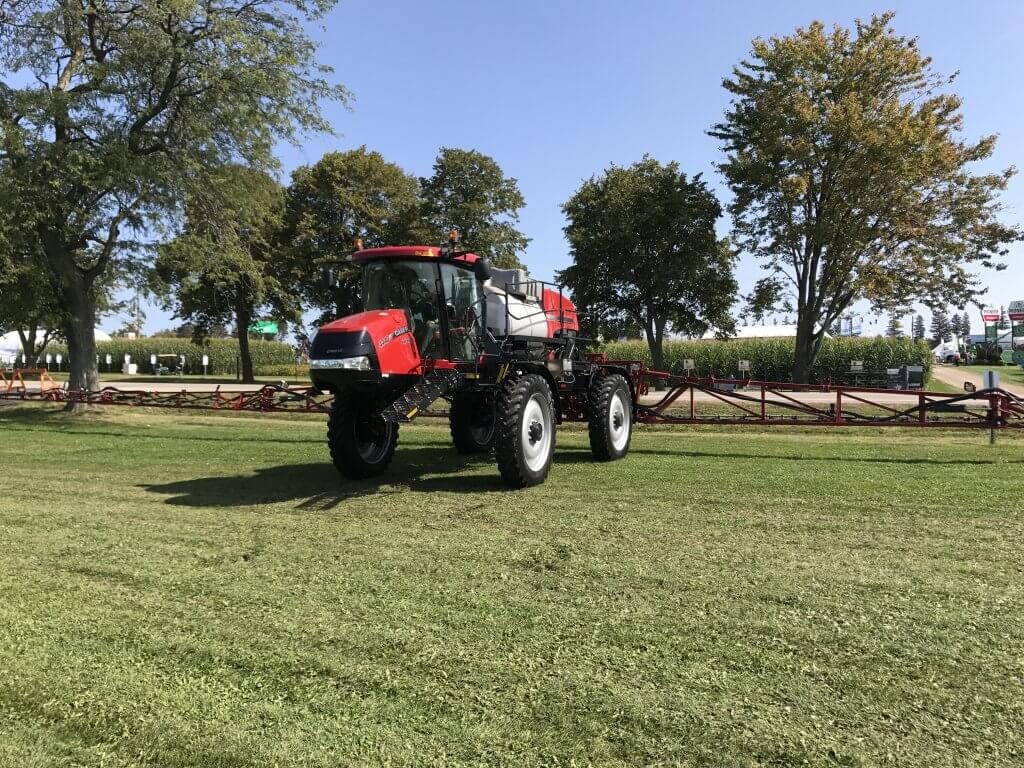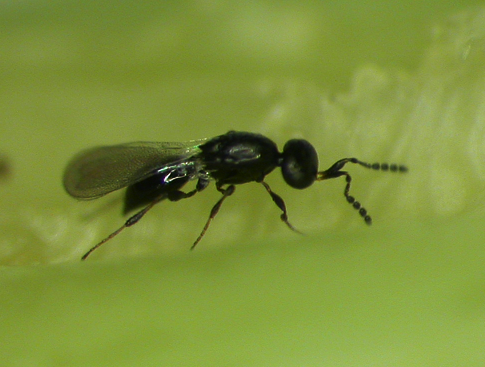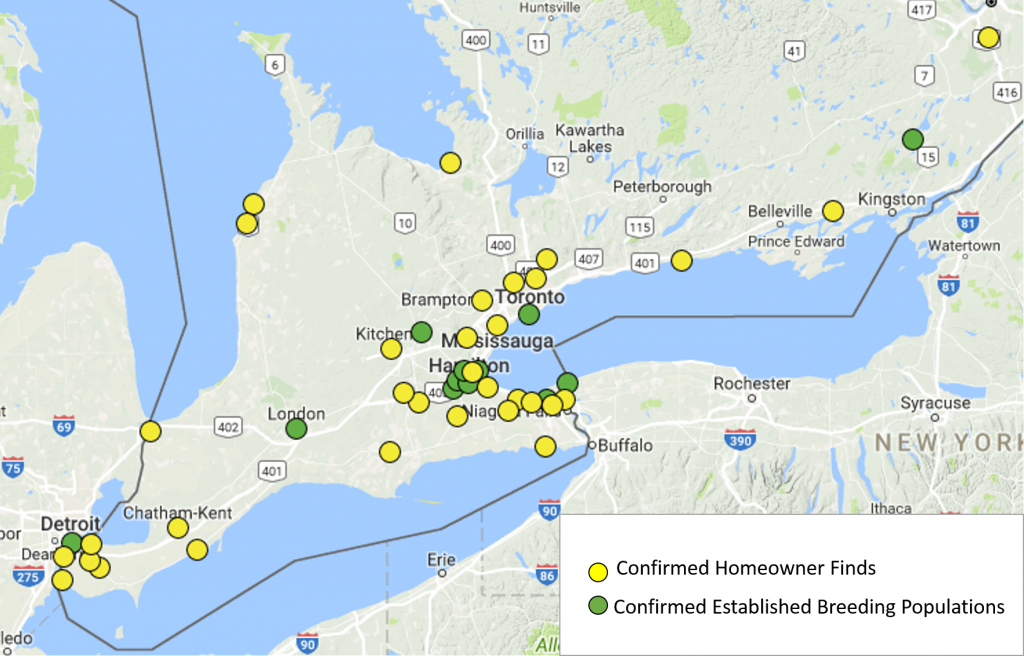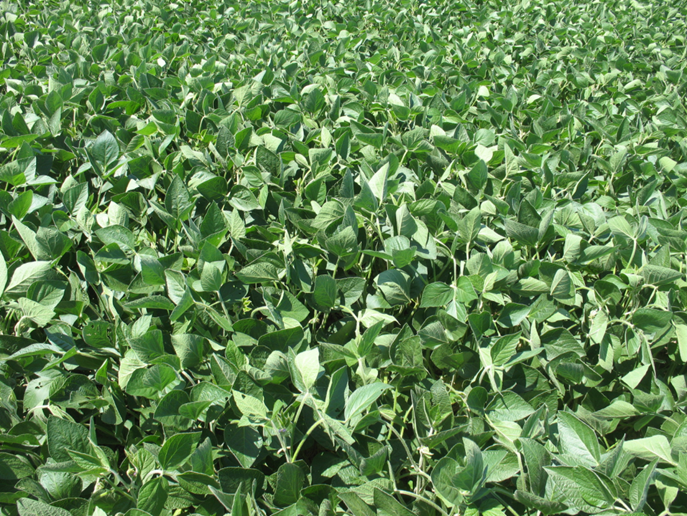Dry Edible Bean Seasonal Summary

Planting and Development The total amount of dry edible bean acres was higher in 2017 than in 2016. The number of insured acres of white beans in 2017 was 60,363 ac, up significantly from 46,194 ac planted in 2016. Coloured bean acres, however, were down overall, totaling 56,518 ac in 2017 compared to 60,668 ac […]













